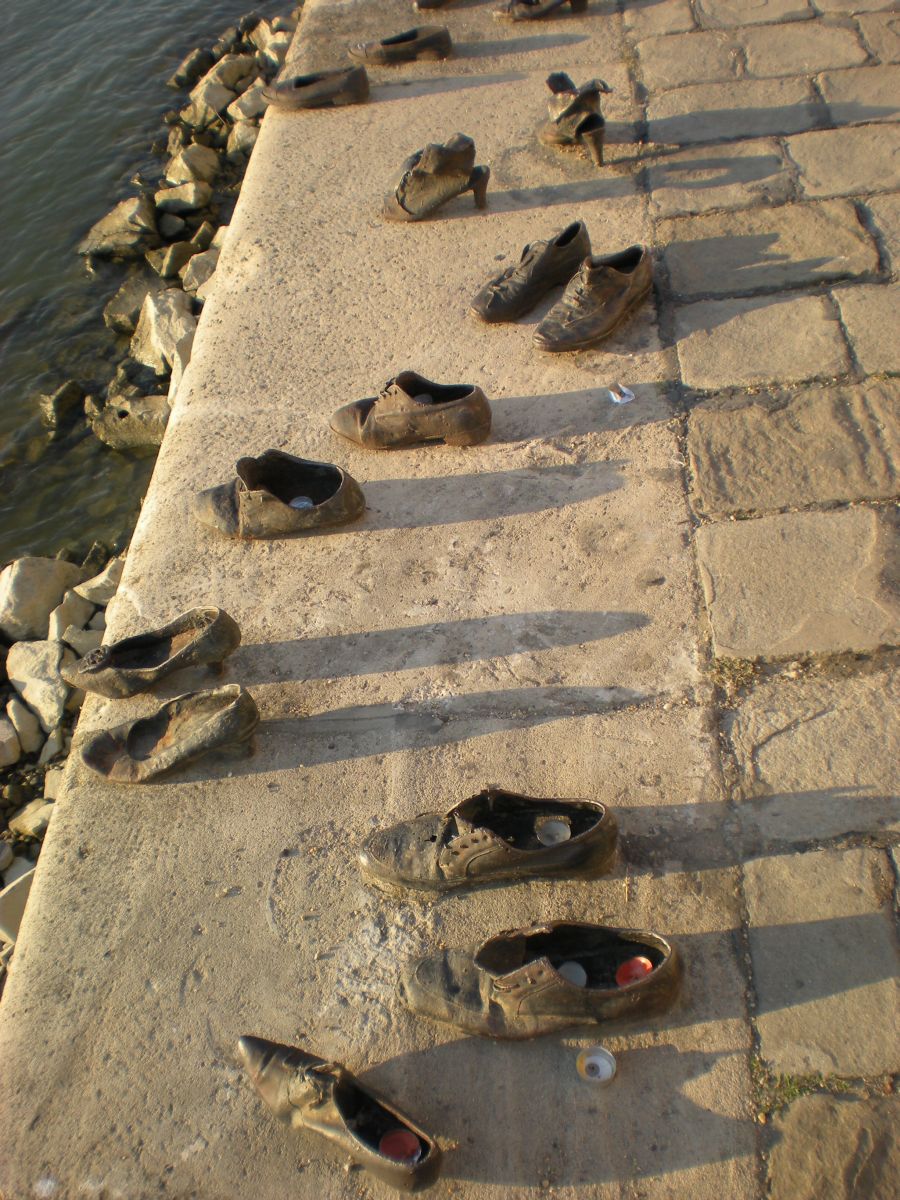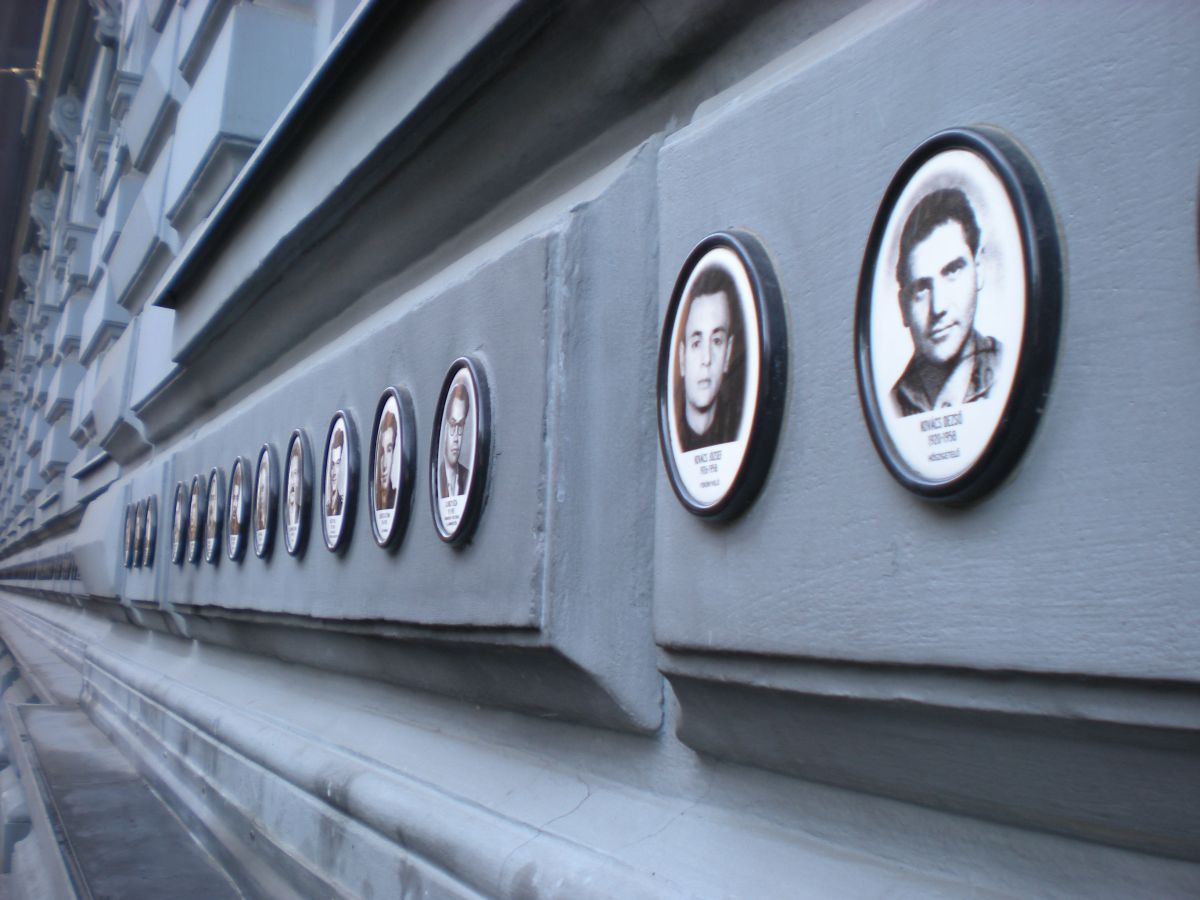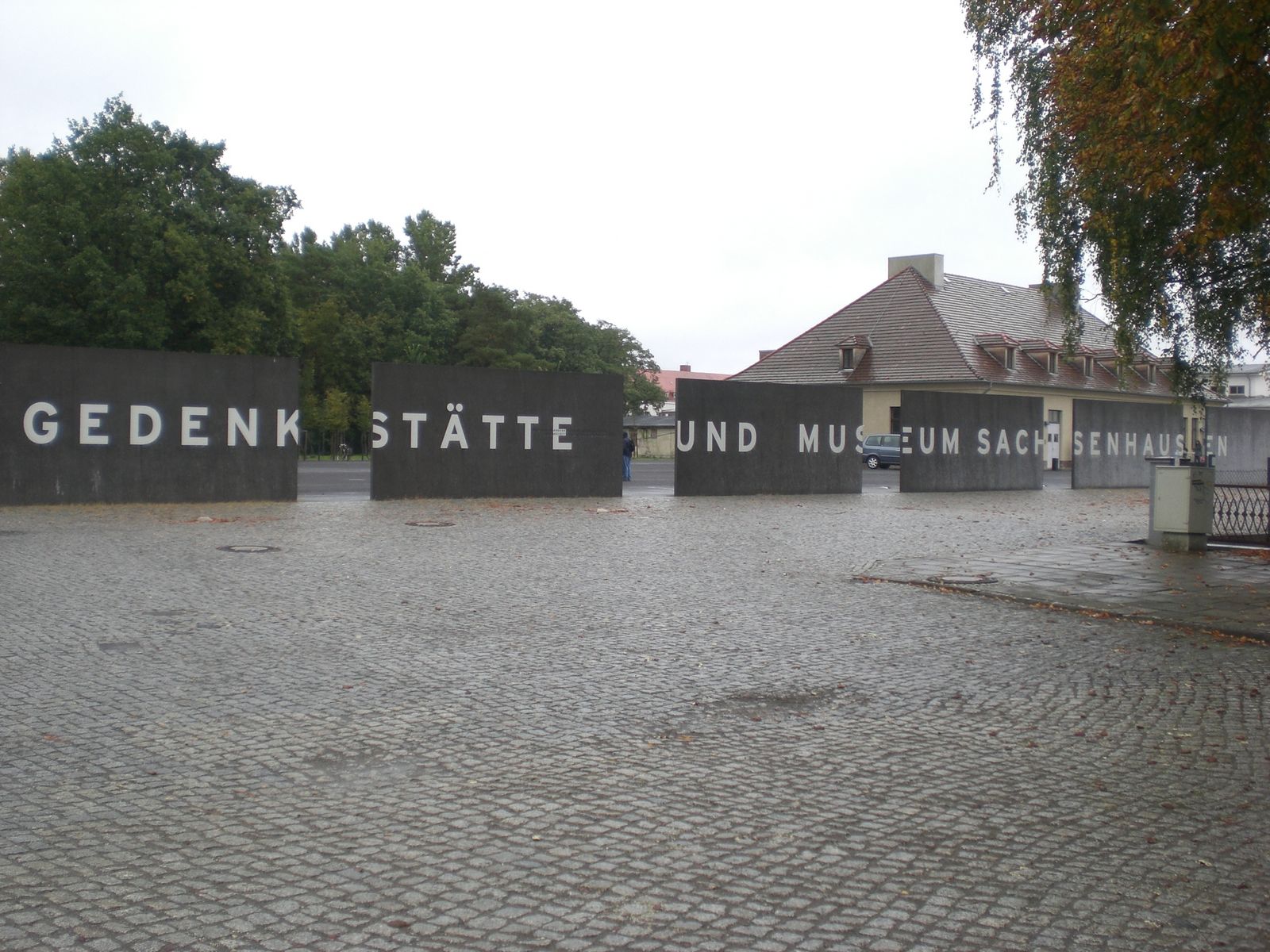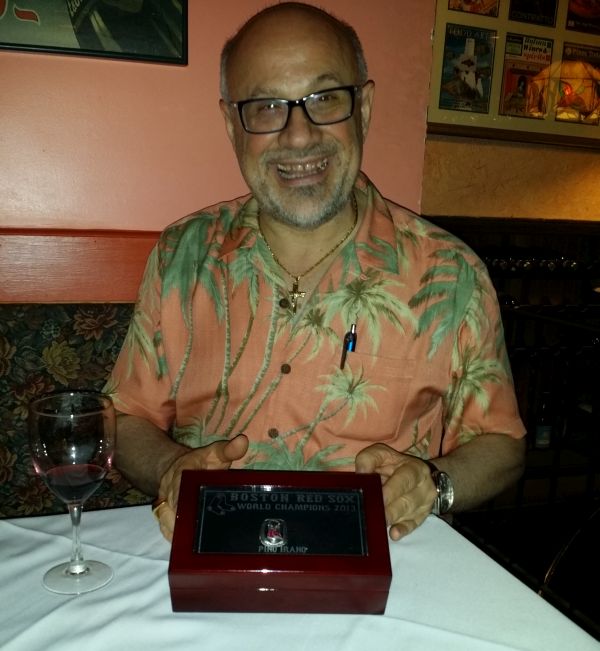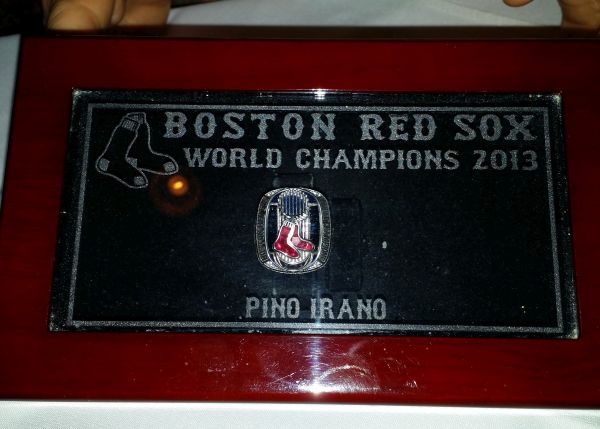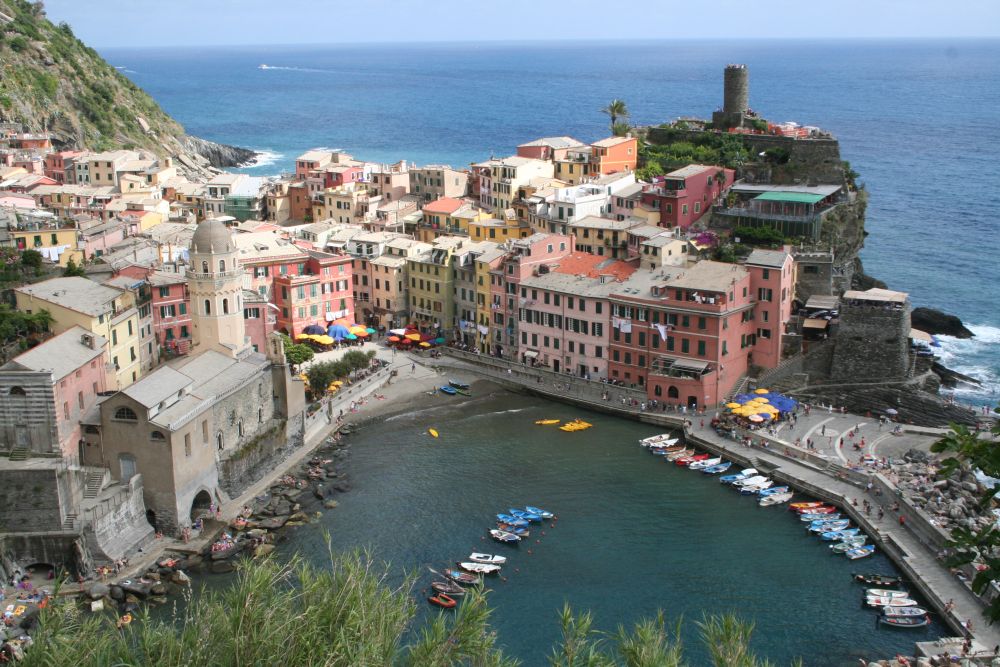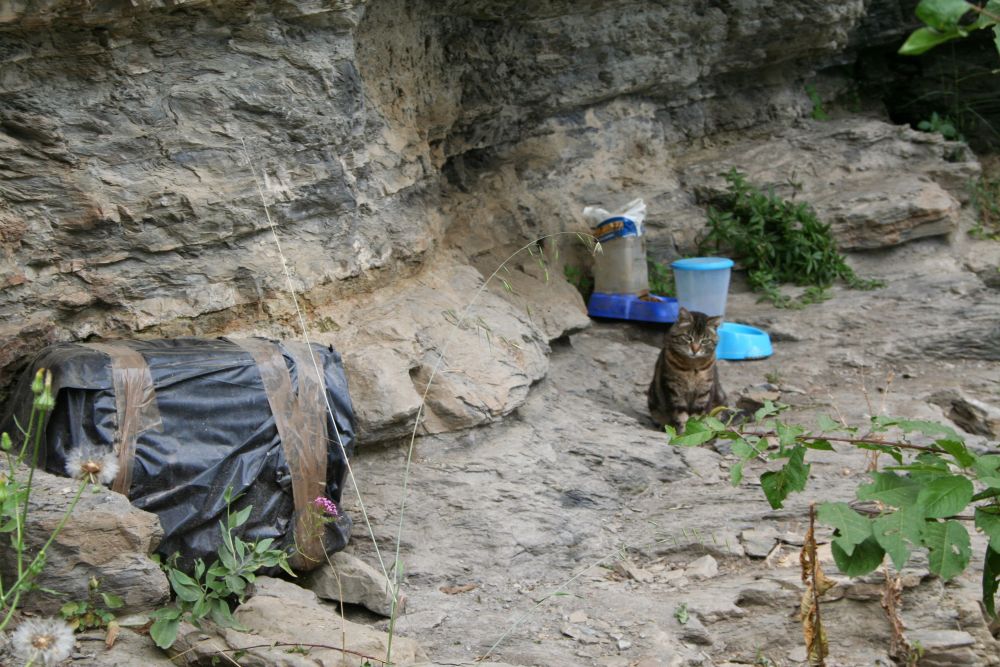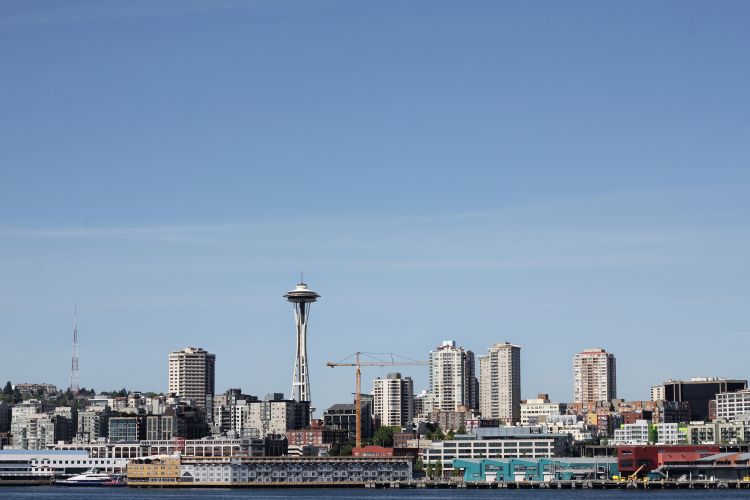So, it’s been a few months since we visited Boston, but since then I’ve been kicking around the idea of a post about lobster. But, what finally pushed me to write was not the lobster in Boston. Instead, it was our trip across Nova Scotia and Maine that inspired me to talk about one of my favorite shellfish.
Maybe favorite is a little quick to judge. Though I love lobster, after being in Massachusetts for about 4 months, what I really miss, and what I think is my favorite seafood, are South Carolina shrimp. But, lobster can be a close second.
History and Types of Lobster
So, we’re talking about American Lobsters here, not Spiny, or Reef lobsters. All are great, I hear, but hard to find. You’ve probably heard that lobster was once viewed as the food of the poor, and that lobster was fed to inmates and servants. While that’s totally true, you need to also know that, when served to prisoners and servants, lobster was frequently cooked dead, not alive, or was ground and cooked together, shells, gills, and all. So, not quite the tail and drawn butter presentation we admire.
Next, you need to know that there are two types of lobster available live. When talking about American lobsters, lobsters are graded by the age of their shell. Soft Shell lobsters have recently shed their shells. They have the mildest taste. Hard Shell lobsters are once who have shed their shell this year, but have had enough time for their shells to harden. If you are on the East Coast, these are likely the only lobsters you’ll be able to buy, as transporting soft shells is difficult. These taste the most like lobster, which I enjoy, but might be a more powerful taste than some enjoy.
The traditional way to cook lobster is to boil it, open the shell, and serve beside drawn butter. Nothing wrong with this presentation, at all. It highlights the amazing sweetness of the lobster and is very simple. But, there are so many better ways to eat lobster.
First, you can deep-fry the lobster tail. Not much to say about this, other than it is freaking amazing. It keeps the lobster tail moist and flavorful, but helps with tenderness. Tails are desirable, but they’re not as tender as some people expect. Frying helps.
My personal favorite, though, is to grill lobster. I think this is even easier than boiling and certainly more flavorful.
First, you need to have a great fire, preferably with a good coals and a little flame. You can, of course, do this on a charcoal grill, or even a gas grill, but the flavor will be so much better on a fire. During our trip to Cape Breton and Maine, we stopped at Sorrento Lobster, Inc. and picked up two soft shell and two hard shell lobsters. Well, we sprung a radiator hose leak and were delayed a bit, so Sorrento was an unplanned stop, but… If you’re in the area, Sorrento Lobster is awesome. It’s a huge warehouse that does wholesale lobster sales, but if you show up, they’ll sell you a few for your table.
We left Sorrento and doubled back to the Mountain View Campground in Sullivan, ME for the night. Not lobster related, but man, the sunset here was one of the most beautiful I’ve ever seen.
Once I had the fire built, I killed the lobster with a knife to the head, which is pretty quick and effective. Before putting them on the grate, I covered them with a little olive oil, but no other seasoning or preparation. Chances are the lobsters will fight a little when you put them on the heat: don’t worry, this is a normal muscular response. The lobsters aren’t suffering.
It only takes a few minutes to cook over a good fire: be careful not to overcook the lobster or you’ll have tough claws and tail. I pulled them off after about 7 minutes and they were perfect. My apologies for the smoky picture, but you get the idea.
Of course, not everyone wants to cook their own lobster. While traveling, we had some great lobster dinners. The first was at the Harbour Restaurant in Cheticamp, Cape Breton, Nova Scotia. Great atmosphere here, and live Acadian music some nights. I recommend the Fisherman’s Best of Both Dinner that includes lobster and snow crab.
We also had a great meal at the Trenton Bridge Lobster Pound, in Trenton, ME. Nothing fancy here, but you walk inside, pick out your lobster, and they’ll bag it and cook it outside in a huge pot filled with seawater. Amazingly tender lobster and a really authentic Maine experience.
If you’re in Boston, my favorite lobster restaurant is James Hook and Company. As with most lobster restaurants, you’re not paying for the decor. James Hook is in a small building in a parking lot, with a dining area where you can watch Bostonians and tourists wander by. Last time we visited, we had a few lobster rolls, some lobster mac and cheese, and the Lobsta Bisque. All very good, but the Mac and Cheese was the least favorite. James Hook stuffs the mac and cheese with lobster meat, so not to worry about too much macaroni, but overall we enjoyed the simple presentation of the roll and the bisque.






